As electric vehicles (EVs) become increasingly popular, many enthusiasts and hobbyists are eager to learn the ins and outs of embarking on long-distance road trips crossing state lines. Equipped with a thorough understanding of the EV charging infrastructure in the U.S., membership programs, charging networks, state regulations, incentives, and trip planning techniques, these individuals are more than ready to take on the open road in their eco-friendly vehicles. This journey starts with mastering battery management, charging etiquette, safety procedures, and drawing insights from the experiences of others who have traversed similar paths.
EV charging infrastructure
The electric vehicle (EV) charging infrastructure in the United States has been expanding rapidly in recent years, with a wide variety of charging station types and network providers available. While this trend has been promising, it is essential to understand the nuances of the charging station landscape, especially for cross-state travels in an EV.
Public charging stations can be divided into three categories: Level 1, Level 2, and DC Fast Charging, which vary in charging speed, power output, and compatibility with different EV models.
When it comes to long-distance trips in an EV, the availability and density of charging stations along the route become significant factors. While some states such as California and Oregon have well-developed charging networks, others still have room for improvement.
An essential consideration for EV owners traversing state lines is the compatibility of charging stations with their specific vehicle model. Different charging networks utilize various plug types, such as the widely used J1772 for Level 1 and Level 2 charging, or the CCS and CHAdeMO options for DC Fast Charging.
Additionally, planning an interstate trip in an EV requires knowledge of different charging network providers and their station locations. Major networks such as Tesla’s Supercharger, ChargePoint, Electrify America, and EVgo offer broad coverage across the U.S. However, each network operates on its pricing model, charging speeds, and compatibility with different EV models.
The ever-growing electric vehicle (EV) market has led to more collaboration among automakers, utility companies, and charging network providers. As a result, there is a continuous effort to invest in charging infrastructure that supports long-distance EV travel across state lines.

Charging networks
When planning a cross-state road trip in your EV, it’s crucial to familiarize yourself with the major charging networks in the United States and their systems. Tesla’s Supercharger network, Electrify America, and ChargePoint are among the most popular and widespread options, offering quick charging stations along your route. Gaining an understanding of their features, membership programs, charging costs, and tools for locating charging stations will ensure a smooth and enjoyable journey as you venture from state-to-state.
Tesla’s Supercharger network is an extensive fast-charging infrastructure available exclusively for Tesla vehicles. These charging stations are strategically located near amenities such as cafes and shopping centers, allowing drivers to charge up and take a break during their trips. Tesla Superchargers can provide up to 200 miles of additional range within just 15 minutes of charging. Although Tesla owners initially received free charging credits, this perk has evolved into a referral-based program or a paid charging service for new vehicle purchases. The Tesla app and in-car navigation help drivers find Supercharger locations and provide information on real-time availability and better route planning.Electrify America is a growing charging network that aims to provide high-speed charging infrastructure for all types of EVs, making it an excellent option for non-Tesla owners. With more than 600 total charging stations available and more expansion plans coming, Electrify America offers both DC fast chargers and Level 2 chargers capable of replenishing hundreds of miles of range in just an hour. Electrify America’s app and website allow drivers to find charging stations and monitor charging progress. They offer a subscription plan called “Pass+” that includes discounted charging rates, priority support, and other perks. Alternatively, drivers can use the “Pay as You Go” plan, resulting in a per-minute charging cost plus session fees.ChargePoint is another top provider of EV charging services, operating thousands of charging stations across North America. ChargePoint’s network caters to various EVs, offering Level 2 AC charging and DC fast-charging options for faster charging speeds during road trips. Their user-friendly app shows nearby charging stations, provides real-time availability updates, and allows remote charging control. Drivers can sign up for a free account or explore the “ChargePoint Home Flex” plan for a home charging solution. Charging costs vary based on station owners’ preferences, and some public charging points may offer complimentary charging.As an EV enthusiast looking to become skilled in crossing state lines with an electric vehicle, it’s crucial to understand how to navigate various charging networks such as Tesla Supercharger, Electrify America, and ChargePoint for convenient on-the-go charging. Familiarizing yourself with membership programs, costs, and tools for locating charging stations will ensure easy accessibility and efficiency when planning and enjoying extended road trips. Developing a comprehensive understanding of these charging networks enables you to fully embrace the benefits and potential of owning and driving an electric vehicle on any adventure.
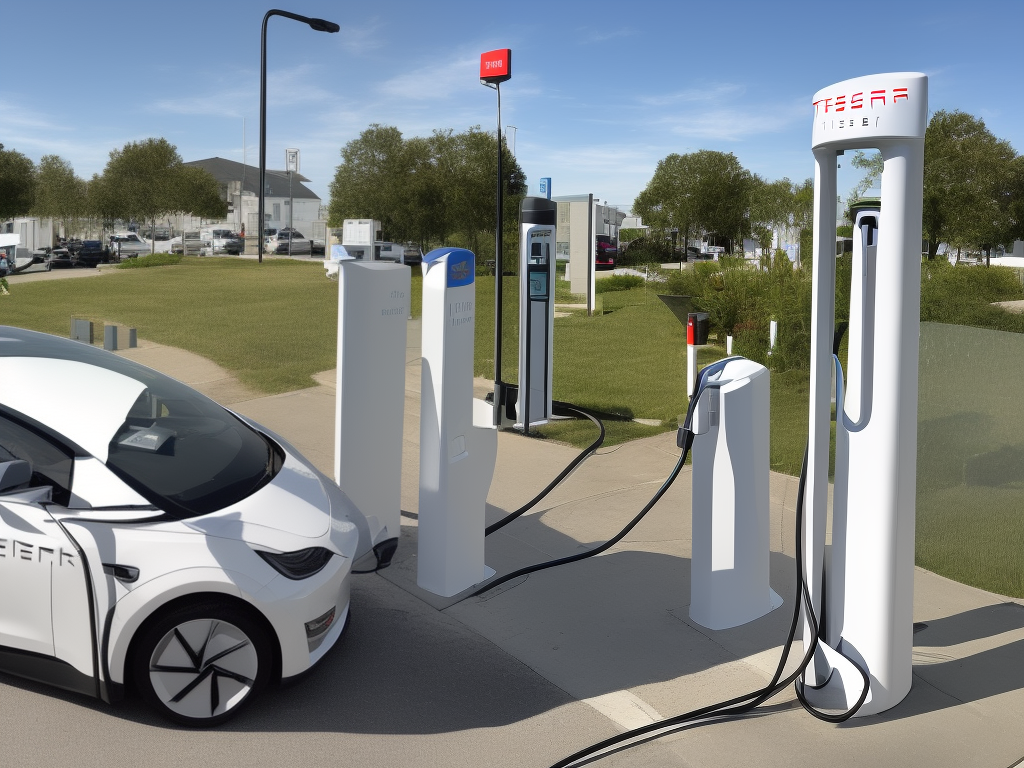
State regulations and incentives
The next essential factor to consider when traveling across state lines with an electric vehicle is understanding the differences in state regulations and incentives for EV ownership and charging. These rules and incentives can have a significant impact on your overall EV experience, both financially and logistically. Conducting thorough research on varying state incentives and requirements will help guide your decisions on which states to pass through during your EV journeys, allowing for a smoother and more enjoyable road trip experience.
Financial incentives for electric vehicle ownership and use can be found in many states across the US. These incentives may include tax credits, rebates on vehicle purchases, reduced vehicle registration fees, and lower electricity rates for charging stations. For example, California offers EV buyers up to a $7,000 rebate on a new EV through the Clean Vehicle Rebate Project. In addition, some states also provide preferential treatment to EV drivers, such as access to carpool lanes or dedicated parking spots with charging stations.
On the other hand, certain states have different registration requirements for electric vehicles, which may add to the overall cost of ownership. Some states may require a special electric vehicle license plate, while others may charge additional fees for EV registration, or levy taxes on electricity used for charging. It is important to familiarize yourself with these regulations to avoid any unexpected costs or legal issues while crossing state lines with an EV.
Charging infrastructure is another critical aspect to consider when planning trips across states. Some states have more developed charging networks, with convenient access to charging stations, while others may have sparse charger availability. Websites and apps such as PlugShare and ChargePoint can help you find charging stations along your route, but it is crucial to take note of state-specific charging infrastructure and requirements, as some may have restricted access or charge additional fees for using their stations.
In conclusion, understanding the state regulations and incentives related to EV ownership and charging is crucial for enthusiasts and hobbyists, such as yourself, as they vary significantly across the US. These factors not only impact the cost of owning and operating an electric vehicle but can also affect your travel experience when you cross state lines with an EV. By conducting thorough research before embarking on any long-distance trips, you can ensure a smooth and enjoyable electric vehicle adventure while benefiting from the available state incentives.
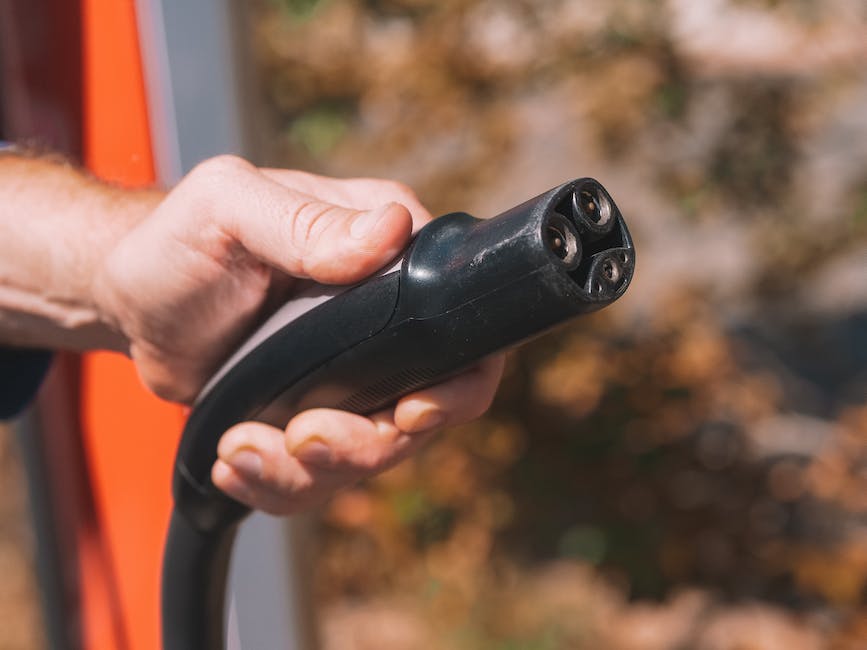
Trip planning and navigation
After you have successfully familiarized yourself with the necessary regulations and incentives, it’s time to plan your long-distance road trip in an electric vehicle (EV). Crossing state lines in an EV requires careful consideration and preparation to avoid range anxiety and ensure an enjoyable journey. As you become more skilled in managing your EV’s range and charging availability, you’ll be better equipped to handle any potential challenges that may arise during your trip.
The first step includes researching your desired route and identifying available charging stations along the way. Several websites and smartphone apps, such as PlugShare or A Better Routeplanner, provide comprehensive and up-to-date information on charging networks, station availability, and connector compatibility with your specific EV model.
Range estimation is an essential aspect of planning a cross-state trip in an EV. To determine how far your EV can travel on a single charge, consider factors such as its battery capacity, typical energy consumption, terrain, driving conditions, and climate. Taking this information into account, you can estimate your driving range with more accuracy and plan your charging stops accordingly. Remember that your energy consumption may vary depending on factors like elevation change, extreme temperatures, and driving at high speeds, which could potentially affect how often you need to charge.
Optimizing your charging stops is a vital factor in planning an efficient and enjoyable EV journey. Ideally, you’ll want to plan your stops at locations where you can take a break, grab a meal, or visit an attraction while waiting for your vehicle to charge. It’s also helpful to consider using fast-charging stations whenever possible, as they can significantly reduce charging times. Additionally, be sure to sign up for any necessary charging networks ahead of time, as some may require membership or prior registration.
Accounting for elevation changes and weather conditions is another crucial aspect of trip planning, as these factors can significantly impact the efficiency and range of your EV. Mountainous terrain, for example, can require greater energy output from your vehicle, reducing the overall driving range. Similarly, driving through regions with harsh weather conditions, such as heavy rain, snow, or extreme temperatures, may also affect your vehicle’s energy consumption. To mitigate these factors, try using apps or websites that provide real-time data on weather conditions and elevation changes along your route.
As an EV enthusiast or hobbyist planning a long-distance road trip that crosses state lines, being adaptable and prepared for unforeseen circumstances is crucial. Road closures, unexpected detours, or longer-than-expected stops can affect your meticulously planned route and charging stops. To tackle these challenges, it’s essential to have a backup plan, like researching alternative charging stations or understanding your vehicle’s maximum range under various conditions. By equipping yourself with the right tools and techniques, you can embark on your EV road trip confidently and enjoy the drive across state lines.

Battery management and degradation
In order to optimize your electric vehicle’s (EV) capabilities and ensure its long-lasting performance during these road trips, it’s vital to familiarize yourself with key concepts related to battery management and degradation. Having a deeper knowledge of these important aspects will not only help you maintain your EV more efficiently but also enhance your overall driving experience as you traverse through different states.
A battery management system (BMS) is responsible for monitoring and controlling various aspects of an EV’s battery, like state of charge (SOC), temperature, and voltage. A well-functioning BMS can help you avoid overcharging or over-discharging, and it will support the overall battery health, which is essential for long journeys across states.Temperature plays an important role in how well your EV battery performs and how quickly it degrades. Both extremely high and low temperatures can negatively impact your battery’s health. To avoid battery degradation, try scheduling your charge sessions during the coolest hours of the day. Parking in shaded areas or using thermal management systems that cool or heat the battery as needed is also important for maintaining consistent temperature levels. Planning your stops and charges strategically ensures that you won’t face any surprises in terms of battery performance or health.Public charging stations can vary in terms of charging speeds and compatibility. To optimize battery health when crossing state lines and relying on various charging networks, it’s important to know the difference between Level 2 and DC fast charging stations. Level 2 charging stations use a 240-volt AC supply and can take several hours to fully charge an EV. DC fast charging stations, on the other hand, provide direct current (DC) to your EV’s battery, charging it quickly and efficiently. However, frequent use of DC fast charging can contribute to faster battery degradation, so a good practice is to use it only when needed and primarily rely on Level 2 charging for regular charge sessions.When crossing state lines with an EV, one best practice to maximize battery health is to not charge the battery to 100% on a regular basis. Charging the battery to 100% can strain it and speed up degradation, so keeping the charge level between 20% and 80% is recommended. This range still provides ample driving range for most EVs, and with proper planning, should be sufficient for your state-crossing journey. Using GPS and charging network apps can assist you in strategically planning your charging sessions and rest stops, allowing you to navigate with confidence.Lastly, it’s essential to understand how battery degradation can affect your overall driving range when crossing state lines with an EV. Over time, the capacity of your EV’s battery will diminish, which inevitably lowers your driving range. This is why it’s crucial to establish good battery management habits and adhere to best practices such as maintaining optimal charge levels, managing temperature exposure, and utilizing the appropriate charging stations as needed. Continuously monitoring and following these practices will ensure a smoother journey and prolong your battery life.
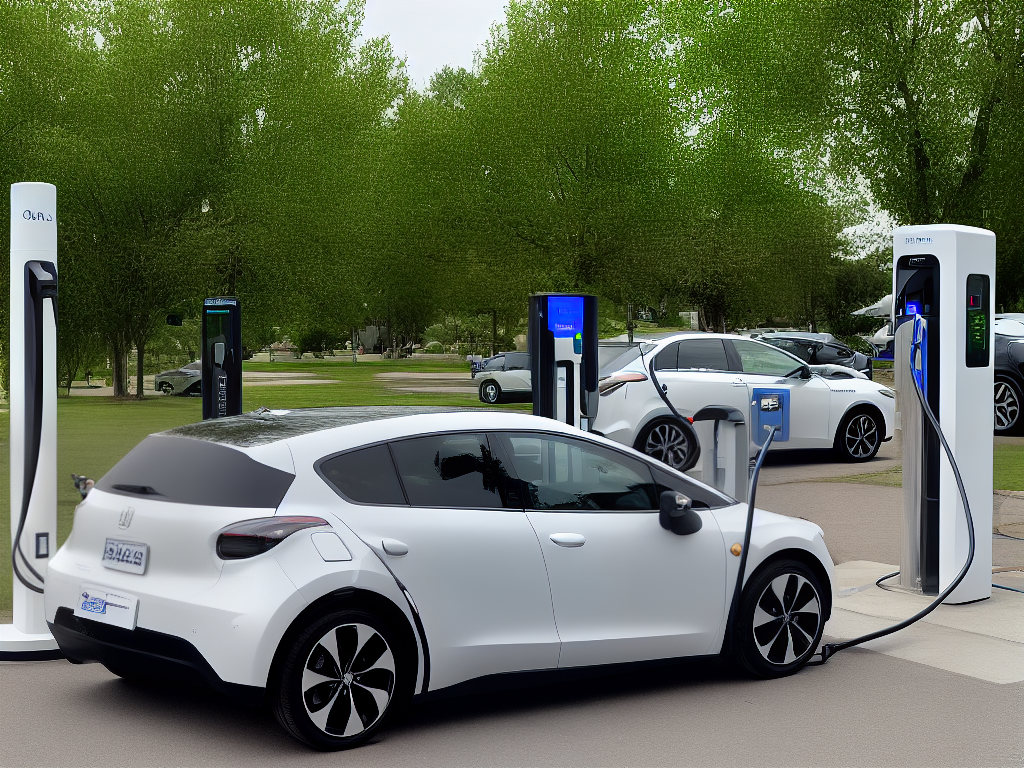
Charging etiquette and practices
Another vital aspect to consider when preparing for a journey across state lines with an electric vehicle (EV) is familiarizing yourself with proper charging etiquette at public charging stations. While different states have varying infrastructure and laws concerning EV charging, being courteous and respectful to other EV drivers will help promote a positive experience for everyone. Charging stations can become busy, so it is crucial to adhere to time limits and willingly unplug when your charge is complete to allow for others to access the charging station. By understanding the implications of battery degradation and practicing good charging etiquette, crossing state lines with an EV will be an enjoyable and seamless experience.
Another important aspect to understand is the difference between Level 2 and DC fast charging sessions. Level 2 chargers, commonly found at public charging stations and workplaces, usually take several hours to fully charge an EV. These are ideal for charging up overnight or when your car is parked at work. Meanwhile, DC fast charging stations are capable of charging an EV battery significantly faster, around 20 minutes to reach 80% charge. These are often located along highways and are ideal for quick charges during long trips—but they should be used wisely, as frequent rapid charging can strain and degrade the battery over time.
When crossing state lines, EV drivers may encounter various charging situations, and being prepared to adapt is essential. For example, you may find that a charging station is occupied, or even worse, ICE’d (blocked by an internal combustion engine vehicle). In cases like these, it is important to remain patient and report ICE’d spots to the charging station provider or appropriate authorities. Always carry a backup charging plan, which might involve finding a nearby alternative charging station, or using a cellphone app to check live charging status.
Being aware of your EV’s charging capabilities and compatibility with different charging networks is essential when traveling across state lines. In the United States, there are different charging providers such as ChargePoint, Electrify America, and Tesla Superchargers, all with their charging networks and membership plans. Familiarizing yourself with partner networks and ensuring you have the necessary RFID cards or mobile applications for each network will help make crossing state lines with an EV smooth and hassle-free.
Drive electric vehicle (EV) enthusiasts and hobbyists looking to cross state lines can make their road trips enjoyable by engaging with the EV community online. By participating in forums and social media platforms, drivers can share experiences and advice on topics such as the best charging spots, navigating peak charging times, and resolving issues that might occur while on the road. Building relationships with fellow EV drivers not only fosters support but also contributes to the growth of EV adoption across the nation.
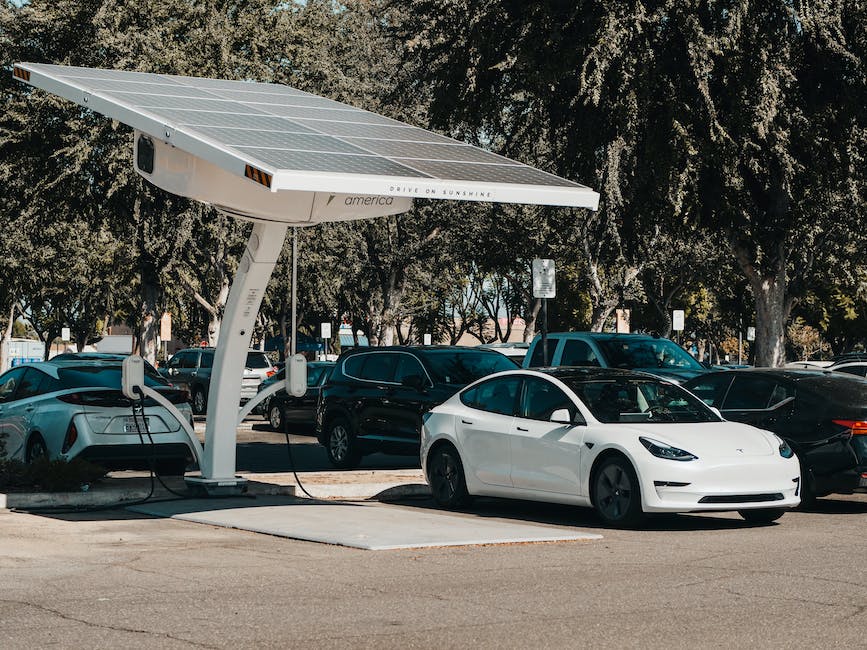
Safety and emergency procedures
When embarking on long-distance road trips with an electric vehicle, it’s crucial for EV owners to be prepared for potential safety hazards or emergencies, and to familiarize themselves with their vehicle’s features and limitations. Planning the trip route carefully to include stops at charging stations or hotels with charging facilities is essential to avoid getting stranded with a drained battery. By connecting with the EV community and ensuring a thorough understanding of the charging infrastructure along the route, drivers can have a smooth and enjoyable journey while crossing state lines.
A great precautionary measure is to always keep an emergency kit in your EV. This kit should include a portable charger, tire repair materials, jumper cables, a flashlight, first aid supplies, water bottles, and non-perishable food items. Having a fully charged cell phone and a list of important contact numbers, such as your insurance agent, vehicle manufacturer helpline, and emergency roadside assistance companies, can be extremely beneficial in times of need. Save the locations of charging stations and their contact information for quick access during your trip.
In case your EV runs out of charge in an area with no charging facilities nearby, contact the nearest charging station for assistance. Most stations have roadside assistance services or can help you find the closest one. Alternatively, you can call the emergency number provided by your EV’s manufacturer or your insurance company. It’s also essential to be familiar with the towing procedures specific to your EV, as improper towing methods might cause damage to your vehicle.
If you encounter an accident or any other roadside emergency, your priority should always be to ensure your safety and the safety of your passengers. Move your EV to a safe area away from traffic, engage the hazard lights, and stay inside the car until the emergency services arrive. If it’s necessary to exit the vehicle, exercise caution and use proper safety equipment such as reflective vests and road flares to alert passing motorists of your presence.
When embarking on a long-distance electric vehicle (EV) road trip, it is crucial to be aware of the safety procedures for dealing with fires, especially those involving lithium-ion batteries. Unlike internal combustion vehicles, putting out a battery fire with water can exacerbate the situation. In case of an EV battery fire, immediately call 911 and inform them that it’s an electric vehicle fire. By adhering to these safety and emergency guidelines, you can make your cross-state EV adventure more enjoyable and be well-prepared for any surprises that may come your way.
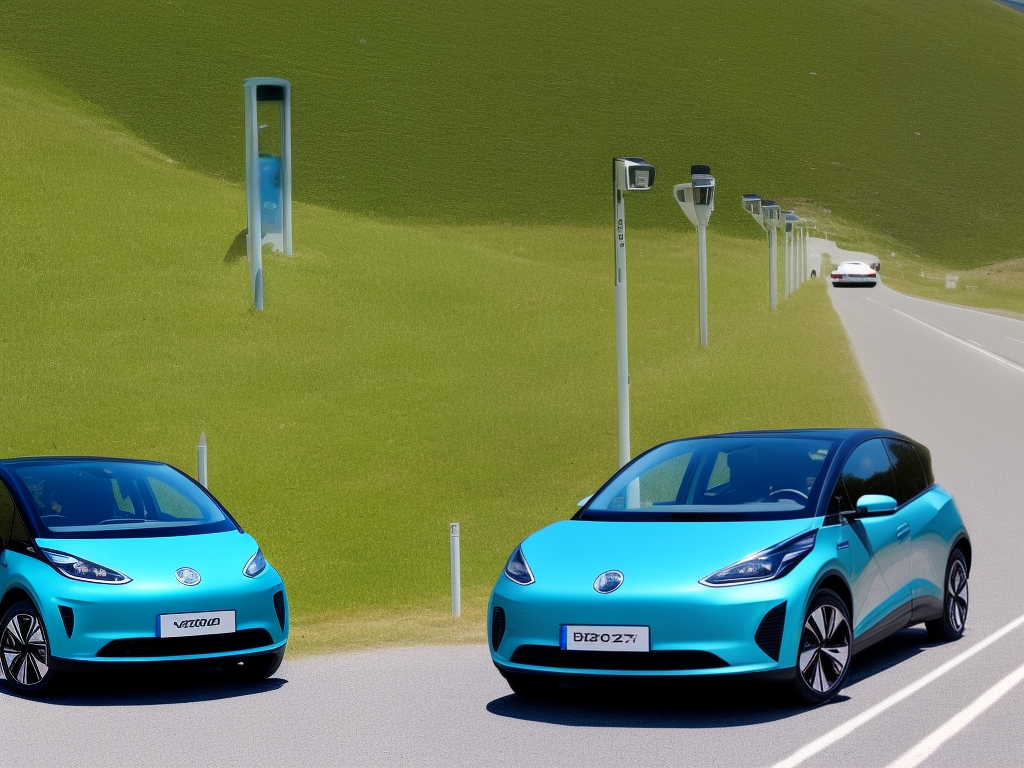
Real-world experiences and case studies
As the adoption of electric vehicles continues to grow in the United States, a rising number of drivers are taking their environmentally-friendly cars on extensive journeys and crossing state lines. A prime example was the 2017 Chevrolet Bolt EV road trip, spanning 1,200 miles from San Francisco, California to Portland, Oregon. Despite challenges such as limited charging infrastructure, fluctuating range estimates, and diverse terrain, the expedition was completed successfully. By incorporating careful planning, maintaining a flexible schedule, and utilizing smartphone apps to locate charging stations, anyone undertaking a lengthy EV road trip can conquer these hurdles and have a smooth experience.
Another case study is Aurora and Cody Wilkinson’s Tesla Model S drive from California to the East Coast. By taking advantage of Tesla’s extensive Supercharger network, they were able to complete the trip efficiently without significant range anxiety.
In addition to relying on Tesla’s navigation system to keep them on track, Aurora and Cody found that utilizing apps like PlugShare enabled them to discover charging options provided by local businesses or public charging stations to ensure their battery was always topped up.
A similar cross-country journey was undertaken by Tom Moloughney and his wife in their 2018 BMW i3s REx. They drove from New Jersey to Florida, covering more than 1,300 miles. Since charging networks differed state-to-state and the i3s REx has lower range than Tesla, they faced some challenges while traversing more remote areas.
By researching and creating a comprehensive charging plan, which included stopping at Electrify America and ChargePoint locations, the trip was completed without getting stranded. Their experience highlights the importance of pre-trip planning, especially for EVs with limited range.
Another case comes from a group of nine Tesla owners who teamed up to break the EV coast-to-coast record from Los Angeles to New York City in 2019. The drivers relied heavily on Tesla’s Supercharger network and encountered multiple challenges, such as managing battery health, optimizing charge times, and handling extreme temperature fluctuations.
By conquering these challenges through smart decision-making while driving and charging, the group managed to break the previous record by over five hours.
It’s clear from these real-world experiences that long road trips and crossing state lines in an EV require careful preparation and strategic planning. EV owners are advised to research charging networks in advance, maximize efficiency through smart driving habits, and utilize helpful apps to identify charging locations.
With the continued expansion of charging infrastructure and consumer education, future cross-country EV journeys will only become more seamless and enjoyable.
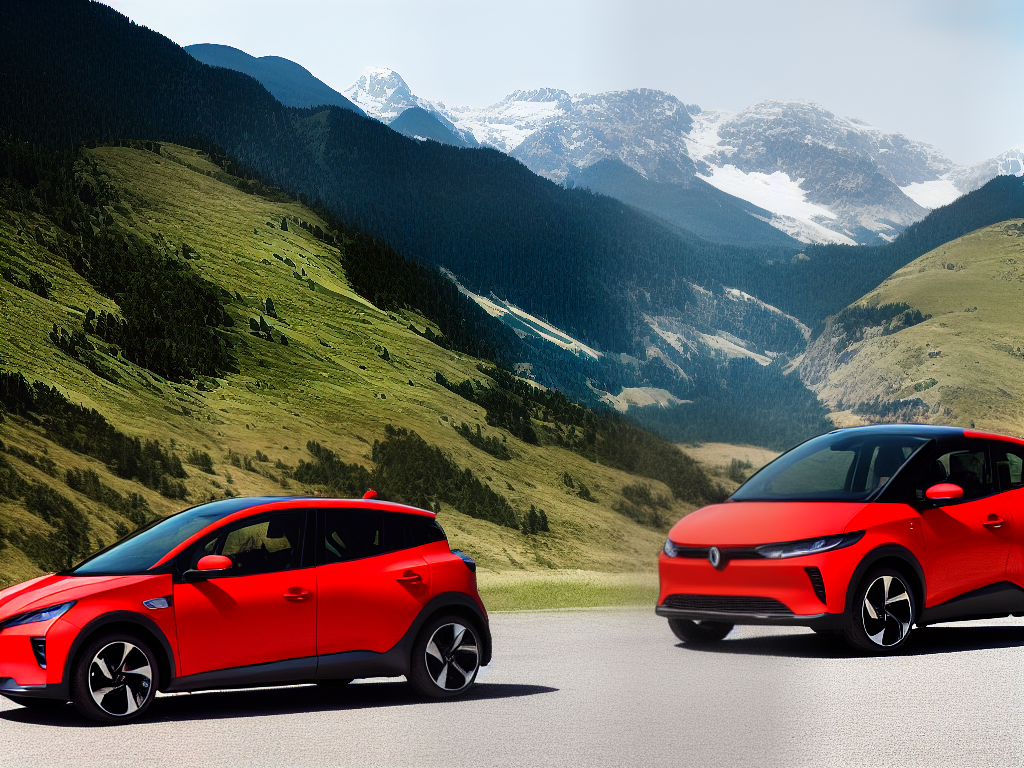
Overall, becoming skilled in traveling with an EV across state lines requires dedication and a willingness to learn about the various aspects of electric vehicle ownership and use. With a well-rounded understanding of charging infrastructure, networks, state regulations, and incentives, coupled with practical knowledge on trip planning, battery management, and safety precautions, enthusiasts can confidently embark on extended EV road trips. By constantly learning from real-world experiences and staying updated on the latest developments in the EV world, drivers can contribute to a more sustainable future while enjoying the freedom and excitement of the open road.